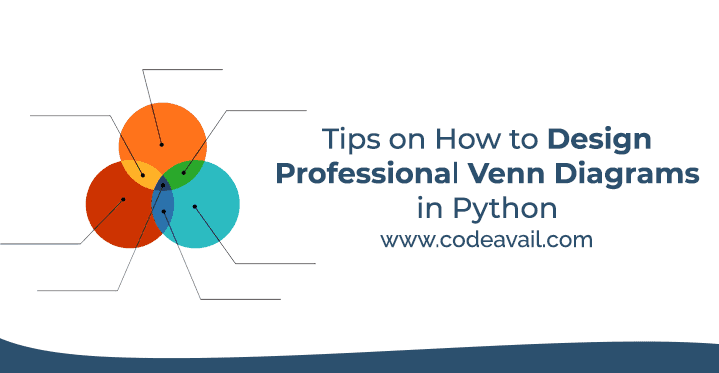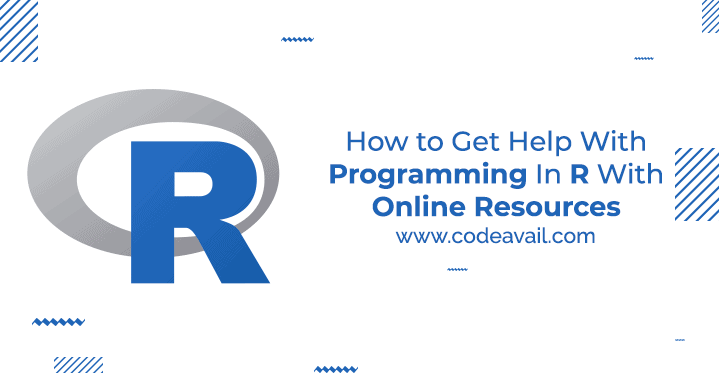Social media is now a crucial part of our daily lives, linking billions of people worldwide. It allows us to share our thoughts, stay informed, and communicate instantly. However, not everything on social media is positive. It can also be abused or manipulated in harmful ways. In this blog, we’ll evaluate two ways through which social media can be abused or manipulated: spreading misinformation and disinformation, and online harassment and cyberbullying.

How Is Social Media Being Abused?
Table of Contents
Social media is being abused in various ways, including:
- Spreading Misinformation and Disinformation: False or misleading information is intentionally shared to deceive or manipulate others, often for political, financial, or social reasons.
- Online Harassment and Cyberbullying: Individuals use social media platforms to harass, intimidate, or threaten others, leading to emotional distress, mental health issues, and sometimes even physical harm.
- Manipulating Public Opinion: Social media can be used to sway public opinion on various issues through the dissemination of biased or misleading content, affecting perceptions and behaviors.
- Privacy Violations: Personal information shared on social media can be exploited for malicious purposes, such as identity theft, stalking, or targeted advertising without consent.
- Promoting Hate Speech and Extremism: Extremist groups and individuals use social media to spread hate speech, incite violence, and recruit followers, contributing to societal division and conflict.
Evaluate Two Ways Through Which Social Media Can Be Abused Or Manipulated
Spread of Misinformation and Disinformation
Let’s start by understanding what misinformation and disinformation are. Misinformation is false or inaccurate information that is spread, regardless of whether there is intent to deceive.
Disinformation, on the other hand, is false information deliberately created and spread to mislead people.
Methods of Dissemination
- Fake News Websites: These are websites that look like legitimate news sources but publish false stories. They often have sensational headlines to attract clicks and shares.
- Bots and Automated Accounts: Bots are automated programs that can spread information quickly across social media platforms. They can be used to amplify certain messages or create the illusion of widespread agreement.
- Deepfakes and Doctored Images/Videos: Deepfakes use artificial intelligence to create realistic but fake videos or images. Doctored media are altered to mislead viewers about what really happened.
Case Studies/Examples
- Political Misinformation Campaigns: During elections, false information can be spread to influence voters. For example, false claims about a candidate’s actions or policies can sway public opinion.
- COVID-19 Related Disinformation: During the pandemic, false information about treatments and the virus spread rapidly. This led to confusion and sometimes dangerous behaviors, like avoiding vaccines.
Impact on Society
- Public Opinion and Polarization: Misinformation can divide society by creating or deepening existing divides. People start to believe in completely different versions of reality.
- Threats to Democratic Processes: When misinformation affects elections, it undermines democracy. People may make decisions based on false information.
- Public Health and Safety: False information about health can lead to serious consequences. For example, if people believe in false cures or ignore real medical advice, their health could be at risk.
Online Harassment and Cyberbullying
Another major issue on social media is online harassment and cyberbullying. This involves using digital platforms to bully, harass, or intimidate someone.
Methods and Platforms
- Trolling and Hate Speech: Trolls deliberately post provocative or offensive messages to upset people. Hate speech targets people based on their race, religion, gender, or other characteristics.
- Doxxing and Swatting: Doxxing involves sharing someone’s private information online without their permission. Swatting is a dangerous prank where someone makes a false report to emergency services to get them to respond to someone else’s address.
- Revenge Adult Content and Non-Consensual Sharing of Private Information: Sharing intimate images or information without someone’s consent is a severe violation of privacy and can have devastating effects.
Case Studies/Examples
- High-Profile Cases of Cyberbullying: Celebrities and public figures often face intense online harassment. For example, some have received threats or have been subjected to coordinated attacks by trolls.
- Harassment Campaigns Targeting Activists or Public Figures: Activists who speak out on social issues often become targets of harassment. This can deter them from continuing their work and silence important voices.
Impact on Individuals
- Psychological and Emotional Effects: Being harassed or bullied online can lead to anxiety, depression, and other mental health issues. The constant negativity can be overwhelming.
- Impact on Mental Health and Well-being: Victims of cyberbullying might experience severe stress and trauma, affecting their overall well-being.
- Consequences for Personal and Professional Lives: Online harassment can damage someone’s reputation, making it hard for them to find jobs or maintain relationships.
Comparison and Evaluation: Two Forms of Abuse
Similarities Between the Two Forms of Abuse
- Anonymity and Lack of Accountability: Both misinformation and cyberbullying often occur because people feel anonymous online. They might think they can say or do anything without facing consequences.
- Rapid and Widespread Dissemination: Social media allows information and messages to spread quickly to a large audience, whether it’s false information or harmful messages.
Differences in Impact and Scope
- Societal vs. Individual Impact: Misinformation often affects society as a whole, while cyberbullying primarily targets individuals. However, both can have wide-reaching effects.
- Long-term vs. Immediate Consequences: Misinformation can have long-term consequences, such as altering public opinion over time. Cyberbullying often has immediate, severe impacts on the victim.
Challenges in Addressing and Mitigating These Abuses
- Technological Challenges: Detecting false information and abusive behavior can be difficult, especially as perpetrators use more sophisticated methods.
- Legal and Regulatory Hurdles: Laws and regulations often lag behind technological advances. Creating effective laws that protect users without infringing on free speech is a delicate balance.
- Ethical Considerations: Ensuring that measures to combat abuse don’t overstep and infringe on privacy or free expression is a significant ethical challenge.
Strategies for Mitigation
Role of Social Media Platforms
- Algorithms and AI for Detecting Abuse: Platforms can use advanced technology to identify and remove false information or abusive content.
- User Reporting and Moderation Systems: Allowing users to report harmful content and having a team to review these reports can help manage abuse.
Legal and Policy Frameworks
- International Cooperation and Regulation: Because the internet is global, countries need to work together to create regulations that address these issues.
- National Laws and Enforcement: Stronger national laws and better enforcement can help protect users and hold perpetrators accountable.
Public Awareness and Education
- Media Literacy Programs: Teaching people how to critically evaluate the information they see online can help reduce the impact of misinformation.
- Educational Campaigns on Safe Online Behavior: Educating users about the dangers of cyberbullying and how to protect themselves can help create a safer online environment.
Conclusion
Social media has the power to connect us, but it also has the potential to be abused and manipulated in harmful ways.
By (evaluating two ways through which social media can be abused or manipulated) understanding how misinformation and disinformation spread, and recognizing the impact of online harassment
It’s important for individuals, platforms, and governments to work together to create a safer and more truthful online space.
Remember, staying informed and vigilant is our best defense against the abuse and manipulation of social media.


